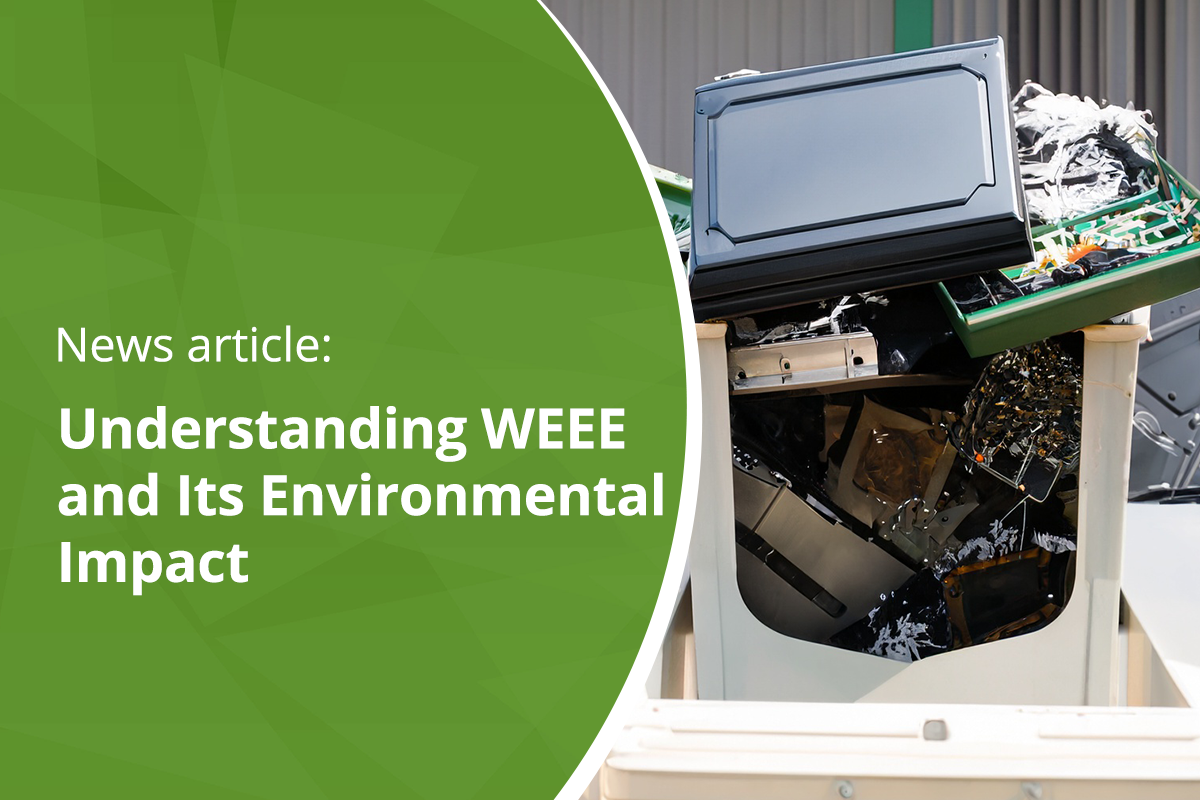Table of Contents
Understanding WEEE
WEEE, or Waste Electrical and Electronic Equipment, refers to discarded electronic devices and appliances, ranging from small gadgets like mobile phones to larger items such as washing machines and refrigerators.
These devices contain a variety of materials, including metals, plastics, and hazardous substances like lead, mercury, and cadmium. Improper disposal of WEEE can also lead to serious environmental and health problems.
The Growing Challenge
The proliferation of electronic devices has resulted in a staggering increase in electronic waste generation.
According to the Global E-Waste Monitor 2020, a report by the United Nations University (UNU), the International Telecommunication Union (ITU), and also the International Solid Waste Association (ISWA), approximately 53.6 million metric tonnes of electronic waste were generated worldwide in 2019.
This is also the equivalent of the weight of 350 cruise ships.
Environmental Consequences of WEEE
Resource Depletion
Electronics manufacturing relies on the extraction of valuable resources such as rare metals, including gold, silver, and palladium. The disposal of WEEE without proper recycling means these resources go to waste.
Toxic Substances
Many electronic devices contain hazardous materials. Therefore, when not disposed of correctly, these substances also can leach into the environment, contaminating soil and water sources.
Energy Consumption
The production of electronic devices consumes vast amounts of energy, contributing to greenhouse gas emissions. Moreover, improper disposal results in energy-intensive processes to recover materials from e-waste.
E-Waste Statistics
- 57.4 million metric tons (Mt) of e-waste was generated in 2021. This is expected to increase to 74.7 Mt by 2030.
- Only 17.4% of e-waste is known to be collected and properly recycled.
- 347 Mt of unrecycled e-waste is estimated to be on Earth in 2023.
- China, the US, and also India produce the most e-waste.
- Estonia, Norway, and Iceland have the highest e-waste recycling rates.
- The e-waste recycling market was valued at $49,880 million in 2020.
E-waste is a growing environmental concern due to the hazardous materials that are often used in electronics, such as lead, mercury, and cadmium. When e-waste is not properly recycled, these materials can leach into the soil and groundwater, posing a risk to human health and the environment.
Contact Glasgow Computer Recycling
Glasgow Computer Recycling can help businesses around Scotland with secure and sustainable I.T, Recycling.


